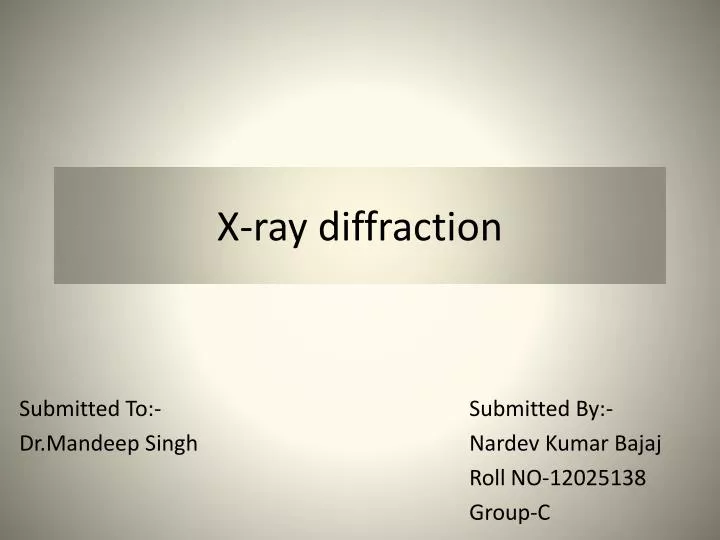
2012 Behrends and Van Cappellen 2007 Bharde et al. In many papers, also in the last decade, the most commonly applied configuration for XRD uses a copper radiation source (e.g., Amstaetter et al. In literature concerning microbiological iron conversions, X-ray diffraction (XRD) is a commonly used method for the phase identification of crystalline solids. Recently we started research on iron mineral formation from ferrous iron solutions, aiming to develop a new microbiological method for iron removal from groundwater. Iron mineral phase identification is crucial for understanding the role of iron in natural and engineered environments. Furthermore, the biological formation of minerals like magnetite is a topic of high interest (e.g., Bharde et al. 2012 Behrends and Van Cappellen 2007 Cooper et al. Comprehension of iron speciation and conversions lead to insights in the effects of, for example, acid mine drainage and availability of nutrients (e.g., Adams et al. Although advancements have been made, there is still a large potential for future research.

To understand the role of iron in biogeochemistry, numerous studies have focused on assessing the effect of environmental parameters on the redox conversion and mineral dissolution/precipitation.

These reactions often lead to dissolution and formation of iron minerals, of which there are many.

Both chemical and biological oxidation/reduction reactions can occur. Ferric and ferrous iron are abundant in nature and can be reduced or oxidized, depending on the redox conditions. The iron redox cycle is important in the field of geomicrobiology.


 0 kommentar(er)
0 kommentar(er)
